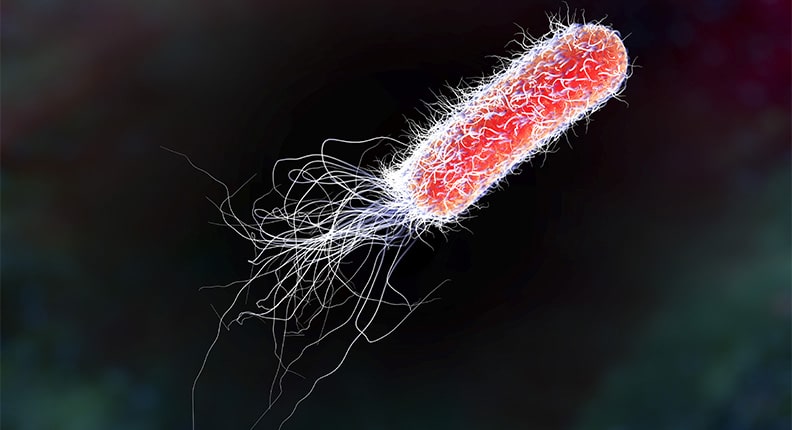DNA is an important part of our lives that functions key roles. In the past, researchers and scientists could not tackle with DNA since technology was not highly developed to detect and modify such a small and intricate object. However, new techniques developed recently completely revolutionized the field of genetics and enabled scientists to utilize DNA in areas such as cloning or identifying the dead at crime scenes. Today we will take a look at PCR and insulin production, which are two areas that use DNA, and how these technologies benefit the human population.
PCR

PCR stands for Polymerase Chain Reaction. It is a technology developed by Kary Mullis in 1983, which allowed him to earn a Nobel Prize later on. The PCR technique makes billions of copies of a DNA by copying a particular stretch. It involves the cyclic heating and cooling of a DNA sample. The key factors include primers, DNA nucleotides, and Taq polymerase that function to amplify DNA.
The Taq polymerase may sound like a challenging concept, but it is actually quite straightforward. It is a polymerase isolated from Thermus aquaticus, a type of bacterium. It lives in temperatures between 50˚C and 80˚C, which is the temperature of a typical hot water spring. This type of polymerase that can withstand high temperature is essential for PCR since PCR is conducted at hot temperatures.
Insulin Production

Insulin is a hormone produced in the pancreas by beta cells and is used to treat people suffering from diabetes. It regulates the uptake of glucose and conversion of glucose into glycogen. Insulin was usually extracted from the pancreas of animals such as pigs or cattle because the hormone structure in these animals is strikingly similar to that of human insulin. However, this process yielded several consequences such as low efficiency and allergic reactions in some patients. The solution to these problems was implanting a human gene into the E. coli bacterium.

Since the genetic code is universal, a gene for a human protein is translated with the same codons as a bacterial gene. Thus transgenic organisms (an organism that has a gene from another organism transferred inside) can be used for many of the current therapeutic drugs. E. coli is simply an example of a transgenic organism. Thus E. coli produced human insulin and allowed for the use of human insulin as a form of treatment.
Works Cited
Team, BioCote. “Five Facts about E. Coli | BioCote Ltd.” BioCote, BioCote, 27 July 2016, http://www.biocote.com/blog/five-facts-e-coli/.
“10 Signs You Could Be Insulin Resistant.” Mediamax Network Limited, http://www.mediamaxnetwork.co.ke/297756/10-signs-insulin-resistant/.
Leave a comment